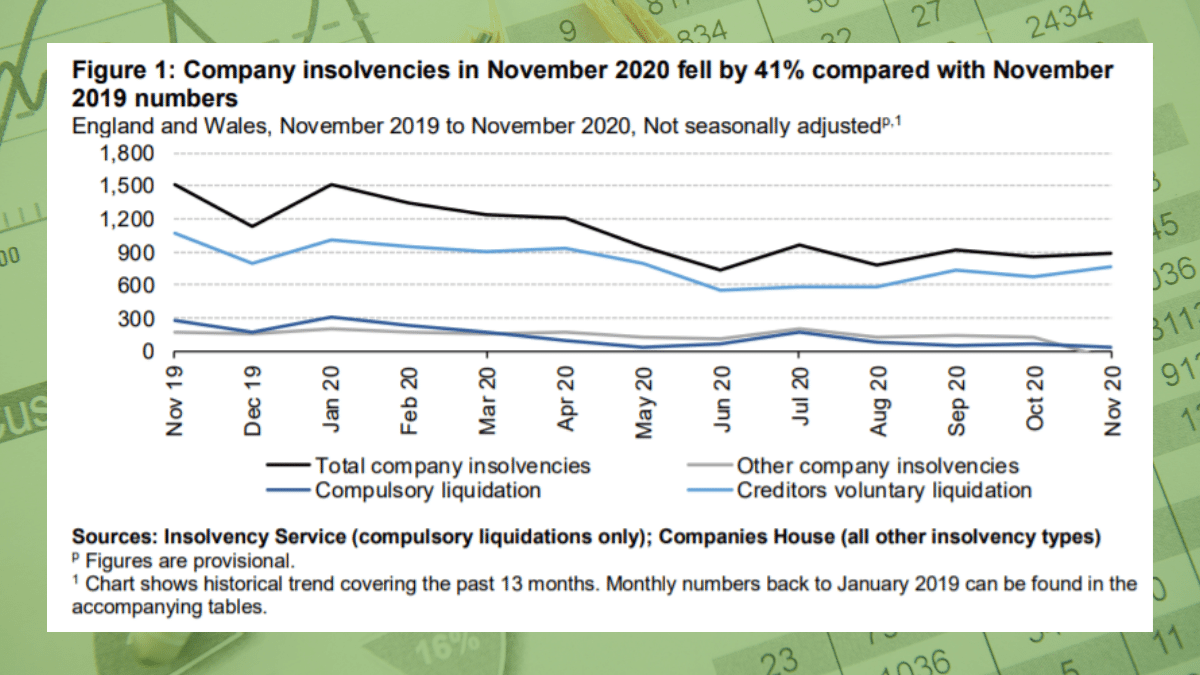Insolvency Practitioner for Beginners
Insolvency Practitioner for Beginners
Blog Article
The Single Strategy To Use For Insolvency Practitioner
Table of ContentsThe Basic Principles Of Insolvency Practitioner The Ultimate Guide To Insolvency PractitionerAll about Insolvency PractitionerHow Insolvency Practitioner can Save You Time, Stress, and Money.Insolvency Practitioner Things To Know Before You BuyInsolvency Practitioner Things To Know Before You Get ThisFascination About Insolvency Practitioner
Insurance policy is checked and managed by state insurance policy divisions, and one of their key objectives is securing insurance policy holders from the threat of a firm in economic distress. When a firm enters a duration of economic trouble and is not able to fulfill its obligations, the insurance policy commissioner in the business's home state launches a processdictated by the laws of the statewhereby initiatives are made to assist the business regain its monetary footing.If it is identified that the firm can not be fixed up, the business is stated financially troubled, and the commissioner will ask the state court to purchase the liquidation of the firm. [Back] The insurance coverage commissioner, either assigned by the guv or chosen, heads the state insurance policy department and displays and controls insurance activity within the state.
By obtaining control of a firm, the commissioner (or the insurance policy department) is, by legislation, the rehabilitator or liquidator of the company. In this capability, the commissioner or division takes control of the business's operations. Rather than do so straight, the commissioner may maintain an unique replacement receiver to oversee the firm's tasks.
How Insolvency Practitioner can Save You Time, Stress, and Money.
The receiver supervises an accounting of the firm's properties and obligations and carries out the estate of the company. In doing so, the receiver seeks to make best use of the firm's assets, move them to cash, and afterwards distribute that money to creditors having valid cases versus the insurance provider in conformity with payment top priorities specified by state legislation (in all states, insurance policy holders are priority claimants whose cases are paid before those of basic creditors).
All insurance provider (with minimal exceptions) certified to sell life or health insurance or annuities in a state need to be members of that state's guaranty association. The warranty organization accepts the commissioner and the receiver in pre-liquidation preparation. As soon as the liquidation is purchased, the warranty organization offers insurance coverage to the company's insurance policy holders that are state locals (approximately the levels specified by state lawssee listed below; any advantage quantities above the warranty asociation advantage levels become claims versus the firm's staying assets).
The Main Principles Of Insolvency Practitioner
The above protection degrees apply individually for each financially troubled insurance provider. When an insurance provider falls short and there is a deficiency of funds required to satisfy the commitments to policyholders, state guaranty associations are triggered. Warranty organizations have subrogation rights to an in proportion share of the possessions continuing to be in the stopped working insurance provider.
Second, insurance providers doing organization in that state are assessed a share of the amount required to satisfy the section of the warranty organizations' protected cases not otherwise moneyed with estate assets. The amount insurance firms are analyzed is based on the amount useful site of premiums that they gather in that state. The National Organization of Life and Health Insurance Policy Guaranty Organizations (NOLHGA) is made up of the life and health and wellness insurance warranty associations of all 50 states and the Area of Columbia.
NOLHGA establishes a task force of depictive guaranty organizations to function with the insurance policy commissioner to create a strategy to protect insurance policy holders. For additional information on NOLHGA's function in the process, see "What Is NOLHGA?" and "The Safeguard at the office." [Back]
Insolvency Practitioner Fundamentals Explained

Predictive protection by helping you choose the right consumers and the right markets to prevent uncollectable bill to begin with, many thanks to severe financial analysis. Extensive market intelligence, supplying you with 360-degree exposure on service markets and putting at risk troubles. It would be a simplification to think a trade credit insurance policy starts and finishes with costs and pay-outs.

Getting My Insolvency Practitioner To Work
Why does a business get in right into insolvency? There are a number of reasons why a company might enter right into bankruptcy.
Various other reasons for insolvency include fraudulence, mismanagement, and unanticipated costs. Bankruptcy can additionally lead to work losses and the closure of services.
Not known Incorrect Statements About Insolvency Practitioner
This can site have severe effects for the firm, its stakeholders, creditors and the economic situation. The firm may be required to offer possessions, gave up personnel or perhaps fold. This can have a knock-on impact on the local community and the economic situation in its entirety. Creditors might be overlooked of pocket and the company's investors might see their investment disappear.
This can take place for a variety of reasons, including inadequate financial management, unforeseen expenses, or a change in the market. If a firm is insolvent, it may be forced to shut down or market off assets to pay financial institutions. This can have a significant impact on the organization, workers, and shareholders.
It can result in work losses, possession sales, and also bankruptcy. It is necessary to comprehend just how corporate insolvency works and exactly how it can impact your organization. Why does a business participate in bankruptcy? There are a variety of reasons a firm might get in into insolvency. The most typical reason is that the firm is unable to pay its debts as they drop due.
8 Simple Techniques For Insolvency Practitioner
Other reasons for bankruptcy include scams, mismanagement, and unexpected costs. When a company ends up being insolvent, its assets are used to settle its financial obligations - Insolvency Practitioner. This can have a major influence on business, as it might no much longer be able to continue operating. Insolvency can likewise result in task losses and the closure of organizations.
The business may be compelled to market properties, lay off team or also close down. Creditors may be left out of pocket and the company's shareholders may see their financial investment vanish.
Report this page